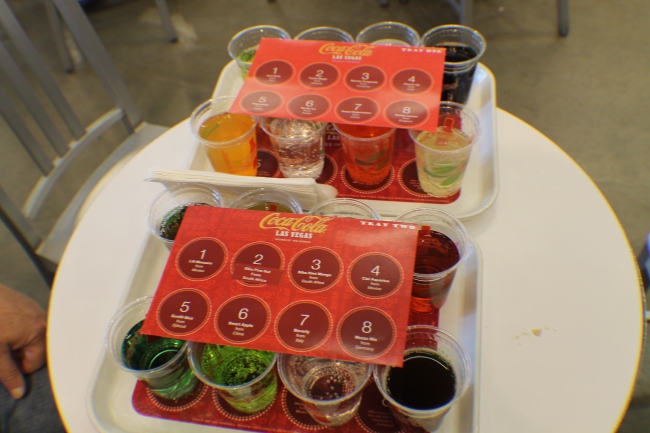It’s been a big year for me and Kienco, and 2014 is shaping up to be even bigger. We’ve been fortunate to work with some amazing clients and partners this year.
Some of my personal highlights have included having conversations with people around the world about the connection between workforce strategy and business strategy. At times these have come from surprising places – a glass manufacturer working through the effect of automation, for example; and an international organisation expanding into China – and facing a very different talent market than in their US headquarters. I’ve personally been fortunate enough to speak at and chair some great conferences in Melbourne and Sydney, and to serve as Faculty at The Conference Board’s Strategic Workforce Planning Academies in New York and Brussels.
In 2014, Kienco are expanding our Strategic Workforce Planning Masterclass program. This year we have run Masterclasses in Perth, Sydney, Melbourne, Wellington, and Auckland. In 2014 we’ll be going even further abroad, with Masterclasses in Australia, New Zealand, Singapore, Hong Kong, UAE, Canada, and the UK. The year kicks off with trips to the USA, Singapore, and London in Jan and Feb to both teach workforce strategy techniques, and to hear what’s happening in those markets. We will also continue to run private in-house strategy sessions on Strategic Workforce Planning and Agile Analytics.
As well as expanding the training program, Kienco is launching two new products next year. The first, readers of this blog may already have heard about. In conjunction with ATC Events, we’ll be running the #masterplan2014 conference in both Melbourne (27/28 March, 2014) and Wellington (1/2 April, 2014). This is shaping up to be a fantastic event with some insightful and interesting speakers from around the world. If you’re interested in hearing more – or if you have a case study and would be interested in speaking at the event – please feel free to contact me.
The second new product, which I’m very excited about, is the launch of our workforce analytics dashboard. We’ve been working for the past few months on this product which allows organisations to quickly visualise and quantify workforce data and patterns. It is Kienco’s belief and experience that analytics don’t necessarily give you all the right answers, but they can prompt the right questions. It’s with this in mind that we’ve developed this very flexible software that allows you to take a true data science approach to workforce data – by exploring patterns, trends, and areas of opportunity and risk – real-time, and on mobile devices. We’re currently in private beta, and are preparing for a public launch. Look out for more information and screenshots on our website soon.
From me and my colleagues at Kienco, we’d like to thank the readers of this blog and our clients and partners for an incredible 2013 – and we wish you a very happy and successful 2014. Happy New Year!






